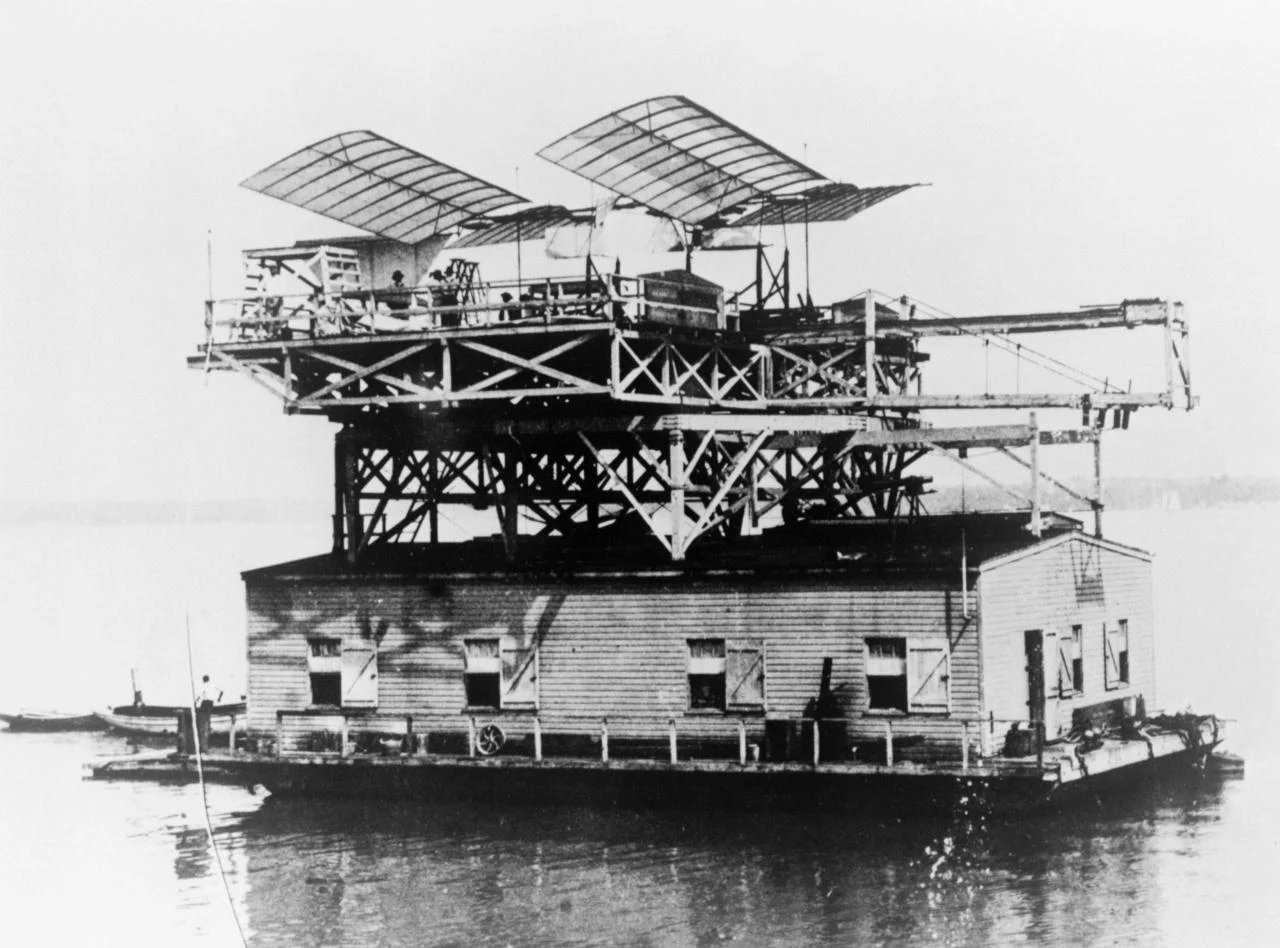More Wright Brothers, Less Samuel Langley in Education
We are sometimes under the misconception that discovery or innovation is a one-shot event mostly closely tied with the famous story of Archimedes exclaiming “Eureka”. The reality is that to be an effective innovator you must master how to learn to solve difficult problems. On the path to innovation you are likely to have more failures than successes and the ability to learn from failure characterizes the innovators make significant breakthroughs. Learning cannot be treated like a chance occurrence, but rather learning should follow from a disciplined approach (e.g. scientific method) that advances the pace and quality of learning.
To demonstrate the importance of learning contrast the different pathways that Samuel Langley on onside and Orville and Wilbur Wright on the other took in pursuit of powered flight. Samuel Langley, head of the Smithsonian and widely considered one of the preeminent scientists of his time, approach flight by attempting to build a full-size airplane based on theory alone. Langley approached flight by hiring the most knowledgeable people at the time (including a famous engineer and test pilot named Charles Manly), building a powerful combustion engine (50 hp), and constructing his full-sized flying machine on a barge equipped with a catapult in the middle of the Potomac River. Despite spending $50,000 in pursuit of flight, Langley gave up after two disastrous attempts (October and December of 1903), which nearly drown Charles Manly on both occasions. Samuel Langley’s research-based attempt at powered flight was designed to maximize learning, instead Langley’s goal was simply to achieve flight (consider that the plane was not designed to land, and it was assumed it would have to be reconstructed each time it was launched).
The approach of Langley contrasts with the bicycle shop owners Wilbur and Orville Wright as they simultaneously pursued powered flight. The Wright Brothers ran hundreds of experiments on wing design, thrust, and control systems. In the early stages of their pursuit the Wright Brothers used a large kite to test ideas, then a glider, and finally they built a powered aircraft (using only a 12 hp engine). These early experiments allowed the Wright Brothers to realize that the publicly available calculations for lift were incorrect and wing designs using the existing formula would fail to generate enough altitude. The Wright Brothers didn’t just implement research-based conclusions, but tested ideas and determine the conditions under which flight was likely to work. The Wright Brothers repeatedly developed ways to test ideas rapidly to maximize learning. The Wright Brothers built their own wind tunnel to test multiple wing designs per day so they could correct the lift calculations that had been previously published.
When we consider the stories of Samuel Langley and the Wright Brothers side by side, we must acknowledge that innovation and improvement does not advance by implementing the best idea we have and forcing it to work in the conditions we have. The Wright Brothers showed us that innovation and improvement advances by taking small ideas (or parts of big ideas) and testing them until you understand the conditions under which those idea will work.
On December 8, 1903 Charles Manly piloted Samuel Langley’s last effort straight into the Potomac River and nearly drown. On December 17, 1903 Orville and Wilbur Wright each took two powered flights and ushered in modern aviation. Too often we behave like Samuel Langley in education. We identify a problem in our system and then we set out to find the research-based solution to that problem. We implement that solution widely and wait to see if it works. Often our solution does not work and because we have designed our response like Samuel Langley we have no idea what went wrong (that doesn’t stop us from speculating). We need more Wright Brother approaches in education where we borrow solutions (or develop our own) and test them at a small scale to see what we can learn about their efficacy.



